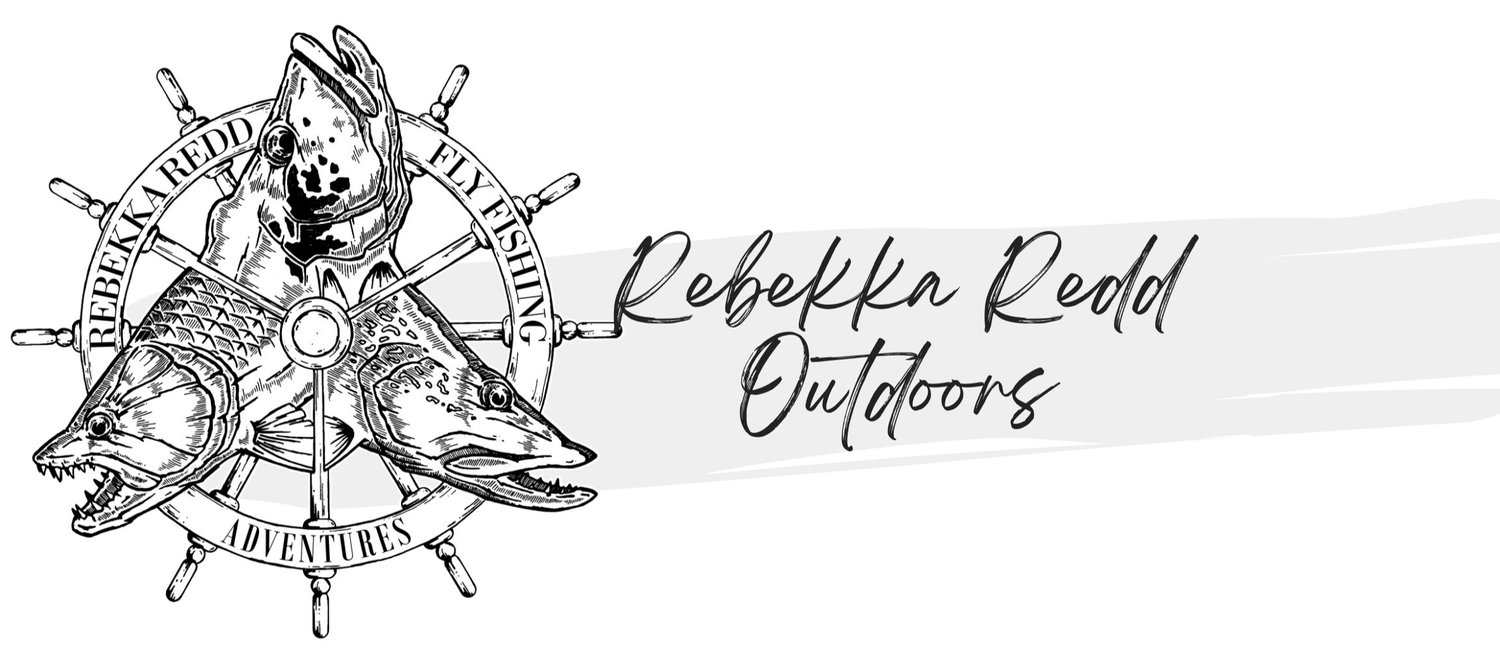Bass on the Fly: Tips for a Successful Fishing Experience
As an avid fly fisher, there's nothing quite like the thrill of hooking a feisty smallmouth or largemouth bass on the fly. These freshwater species are some of the most enjoyable to target, and with a few key pieces of equipment and techniques, you can have a successful bass fishing experience. Here are some tips to help you get started:
Equipment Essentials:
To get started with bass fishing on the fly, you don't need specialized gear. You can use your regular trout gear, with a few minor adjustments. Here are the essentials you'll need:
Rod: A 6 or 7 weight, fast action, 9-foot, 4-piece rod will suffice for most bass fishing scenarios. You can even use the same rod you use for trout.
Reel: Look for a reel with a smooth drag and a large arbour. Even small bass can "bulldog" down to the lower water columns and wrap the line on something, so it's best to have excellent stopping power in your reel.
Line: During the spring and summer, use a floating line for most early season fishing. As you move into the hot times of summer through fall, switch to a sub-surface, 200+ grain full sink "lake line" with a 7-foot tapered fluorocarbon leader in 12-20 lb test. Cortland fly line, leader, and wire leader are popular options.
Wire Bite Tippet: Since bass share the same water with pike, both will take the same fly. It's best to put on a wire bite tippet (about 2 feet) connecting to your leader, with a total length of 7 1/2 feet. The wire bite typically sells in 15-20 lb test. Connect your wire bite tippet section to your leader with a desired knot. The double or triple surgeons knot is a popular and easy-to-use knot.
Fly Selection:
Streamers are the top choice for most fly fishers targeting bass, and the Clouser Minnow is a go-to-fly for its versatility and effectiveness. Here are some other effective fly patterns to consider:
Tequeely Fly
Sneaky Pete Popper
Flash Monkey
Dahlberg Diver
Lefty's Red and White
Shiner Minnow
Cone Headed Black Crystal Buggar
Casting and Presentation:
Most bass, regardless of size, can be cast to from 20-50 feet as long as you are quiet on the water. Let the fly do the work, not you. Cast with a smooth and slow movement, allowing the fly to sink before retrieving with short, quick strips. When you spot a bass, cast the fly ahead of it and bring it back with a steady retrieve. Vary your retrieve until you find what works best.
Final Tips:
To maximize your chances of success, consider the following:
Use barbless hooks to make it easier to release the fish.
Keep your hands out of the gills if you intend to release your catch.
Check local regulations and laws before fishing.
Bass on the fly is a thrilling experience that any fly fisher can enjoy. With the right equipment, technique, and a little patience, you can hook into some of the most exciting freshwater species out there. Happy fishing!


